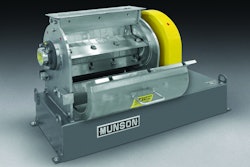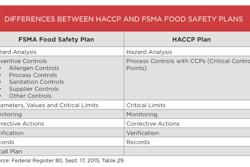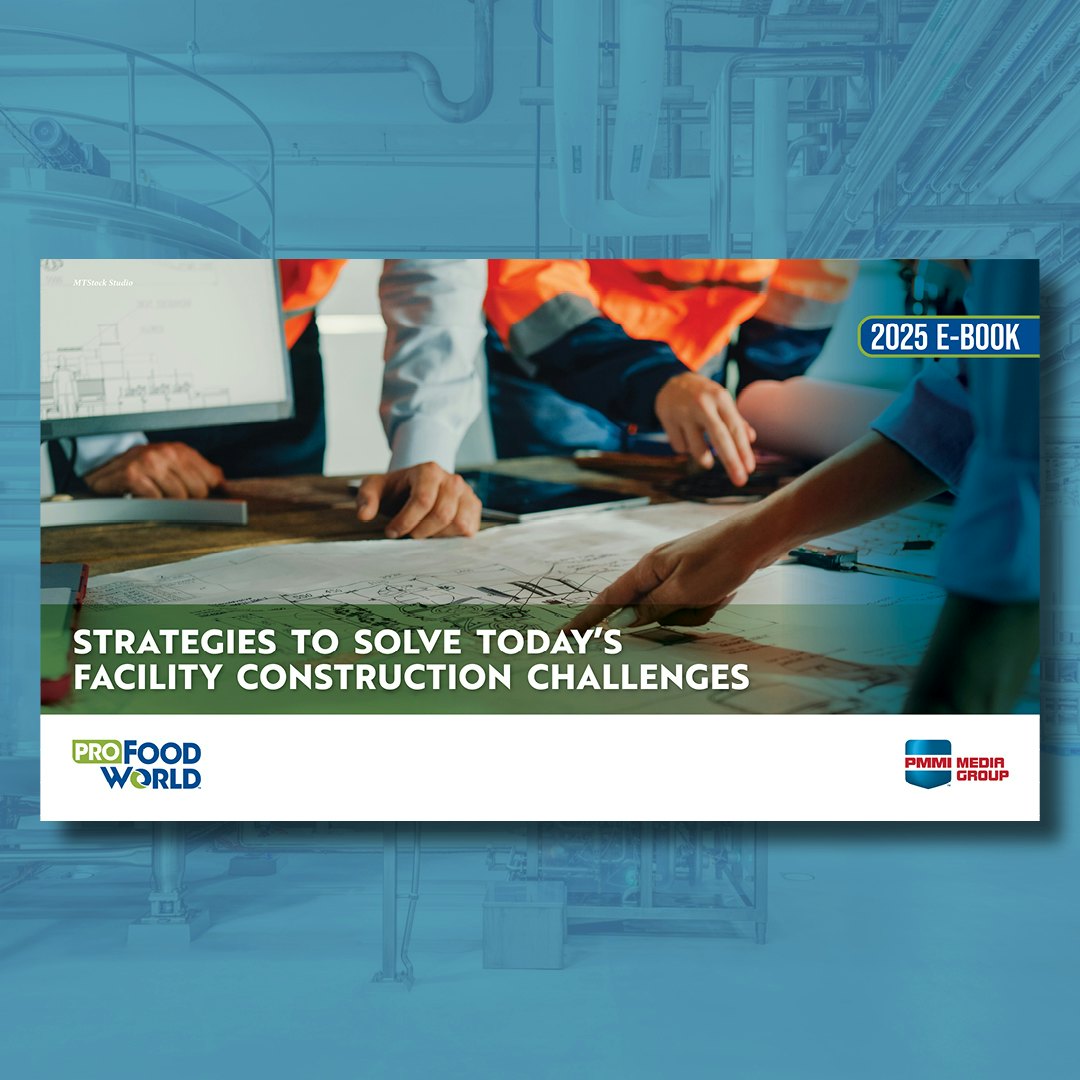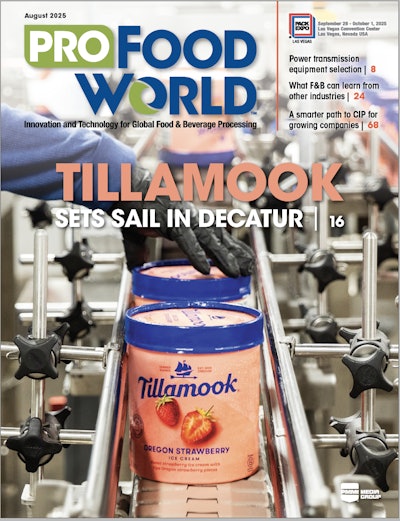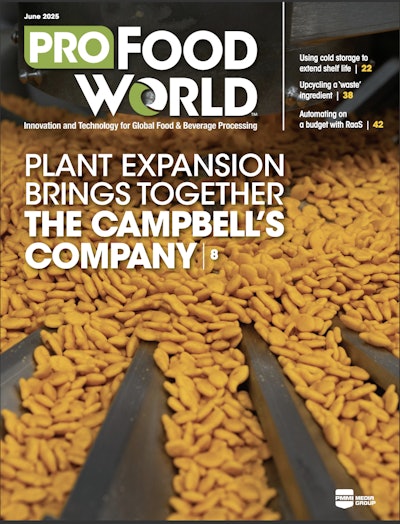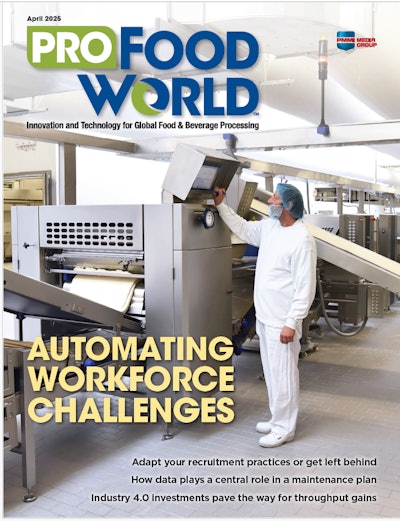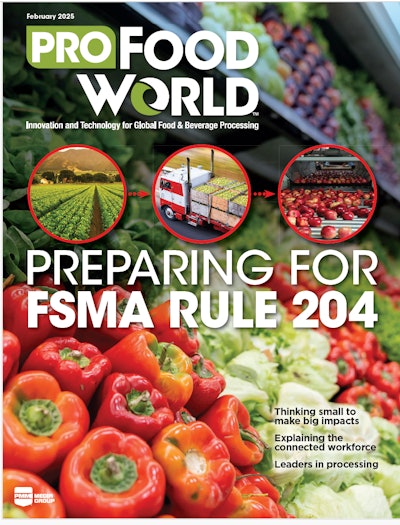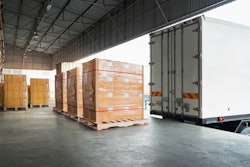The term “pallet load” is herein used to describe the most common embodiment: goods in corrugated boxes, arranged on and secured to a wood pallet. A pallet load, by virtue of its size, weight, and quantity, constitutes an automatic hazard, were it to collapse. It would be bad enough were consequences limited to product damage or loss; but worse is the human toll in the forms of injury or death. A systematic approach consisting of policies and procedures practiced throughout a supply chain can reduce instances of collapsing pallet loads.
Far more often than not (especially with consumer packaged goods), package design proceeds along levels: primary, secondary, and tertiary. Initial focus is on the primary package, which contains the product. Afterwards, focus shifts to secondary packaging, i.e. box-quantity (typically, the arbitrary dozen or multiple thereof). Lastly, focus is assigned to tertiary packaging, as to the arrangement (quantity, pattern, and tiers) and securement of boxes onto a pallet. A problem with the approach is that it places each subsequent level in a default position of having to make the best of inherited decisions.
A more effective approach would be to start with the pallet as the fixed standard (48X40 inches, for example). Thereafter, the essential considerations become: 1.) box dimensions that best utilize the pallet’s footprint; 2.) primary packaging that best utilizes the box’s volume. The approach does not overlook the primary package’s role as a marketing tool; rather, it integrates that role within the scope of stable pallet loads. On the other hand, sell-from-pallet merchandizing──championed by big-box stores──proves that marketing and stable pallet loads are not mutually exclusive concerns.
Load collapse can result from the way the pallet itself is designed and assembled. The gaps between deck boards, for example, are a variable that affects the chances that the edges of boxes will rest along a gap, thereby reducing the box’s compression strength. The maximum allowed gaps between deck boards should be part of the pallet’s specification. The narrower the gaps the more lumber required; however, the resulting higher price can be justified by the reduced risk of pallet collapse. An alternative is to cover the deck with a slip sheet or similar structure that prevents boxes from aligning along gaps.
The quality of the lumber components and the means by which they are fastened also should be spelled out in a specification, affecting, as they do, the integrity of the pallet and its ability to withstand the reasonably foreseeable forces encountered throughout the supply chain. Not to be overlooked, however, are incidents that can compromise an otherwise fit pallet, a notable example being forklift impacts. The response for that and similar abuses is proper training of drivers, including disciplinary policies.
Although it might not be self-suggesting, whether a pallet is 2-way or 4-way can affect its susceptibility to collapsing. All block pallets are 4-way, affording greater forklift accessibility; however, any particular block is subject to being knocked out of place or even completely off, setting the stage for later collapse. Within confined quarters, a forklift driver might have to push a 2-way stringer pallet, angling it for access to the opening. On a 4-way stringer pallet, the notched stringers are easier to get split, get knocked askew, or otherwise get damaged by forklift handling. While palletizing allows individual items to be handled as a unit, the objective (necessitating trade-offs) should be to minimize the number and severity of those handlings, because the imposed stresses from each can have a cumulative, compromising effect.
No functional aspect of a pallet is too insignificant to be defined by specification, given that the pallet is the foundation. As with any structure, if the foundation collapses so does whatever it supports. Specifications, however, bespeak the need for quality-assurance to access whether the specifications are in breach. That doesn’t mean that every pallet has to undergo an exacting incoming inspection; nonetheless, practices should be such as to identify and set aside pallets that are noticeably defective. Assumptions can be dangerous, even one as common as that a 48X40 inches pallet, indeed, will measure as such. If, for example, a pallet is an inch or more undersized, the result can be overhang by the corrugated boxes, with concomitant reduction in stacking strength (more on this in Part II of this article). A worthwhile companion policy is to use suppliers that certify that their practices are geared to supplying pallets that meet specification.
It’s not just dynamic forces that can contribute to pallet collapse, but static ones, as well. Pallet loads that are stacked certainly challenge the bottom pallet’s ability to hold up under the compression. Compression strength also comes to play in single-stacked situations, as exampled in some types of storage racks. In certain storage slots, pallets rest completely supported on a shelf. On other types of storage slots, pallets rest on outer beams. The resulting suspension can cause pallets to bow──a weakening effect in its own right──causing the additional weakening effect of load misalignments.
Another area in which stacking forces are present is in a transportation conveyance, whether trailer, railcar, intermodal container, or airplane. More accurately stated, transportation is an area in which stacking forces (compression) are combined with dynamic forces (vibration and shock), for compounding effects. The loading and the securement (blocking and bracing) of the loads inside the conveyance are practices that should render the loads immobile during transportation. If they are not performed adequately, movement can result, compromising load stability and endangering the safety of personnel working in proximity to the unloading process.
Palletizing is the linchpin of efficient and cost-effective supply chain operations. Because a pallet load might collapse anywhere in a supply chain, each member should commit to policies and practices that maximize the chances that, once assembled, a pallet load will remain assembled until intentionally taken apart. A core component of that commitment is to recognize indicators that a pallet load is in risk of collapsing (for example, a damaged pallet, a leaning load, etc.). Those loads should be immediately repaired, but only by personnel who are cognizant of the hazards and who have been trained in safe remedial methods.
Part II will discuss the role of corrugated boxes and methods of securing them, particularly stretch wrap and strapping.
_________________________________________________________________________
Sterling Anthony, CPP, is a consultant specializing in packaging, marketing, logistics, and human-factors. His contact information: 100 Renaissance Center, Box-176, Detroit, MI 48243; telephone 313-531-1875; [email protected]; www.pkgconsultant.com




